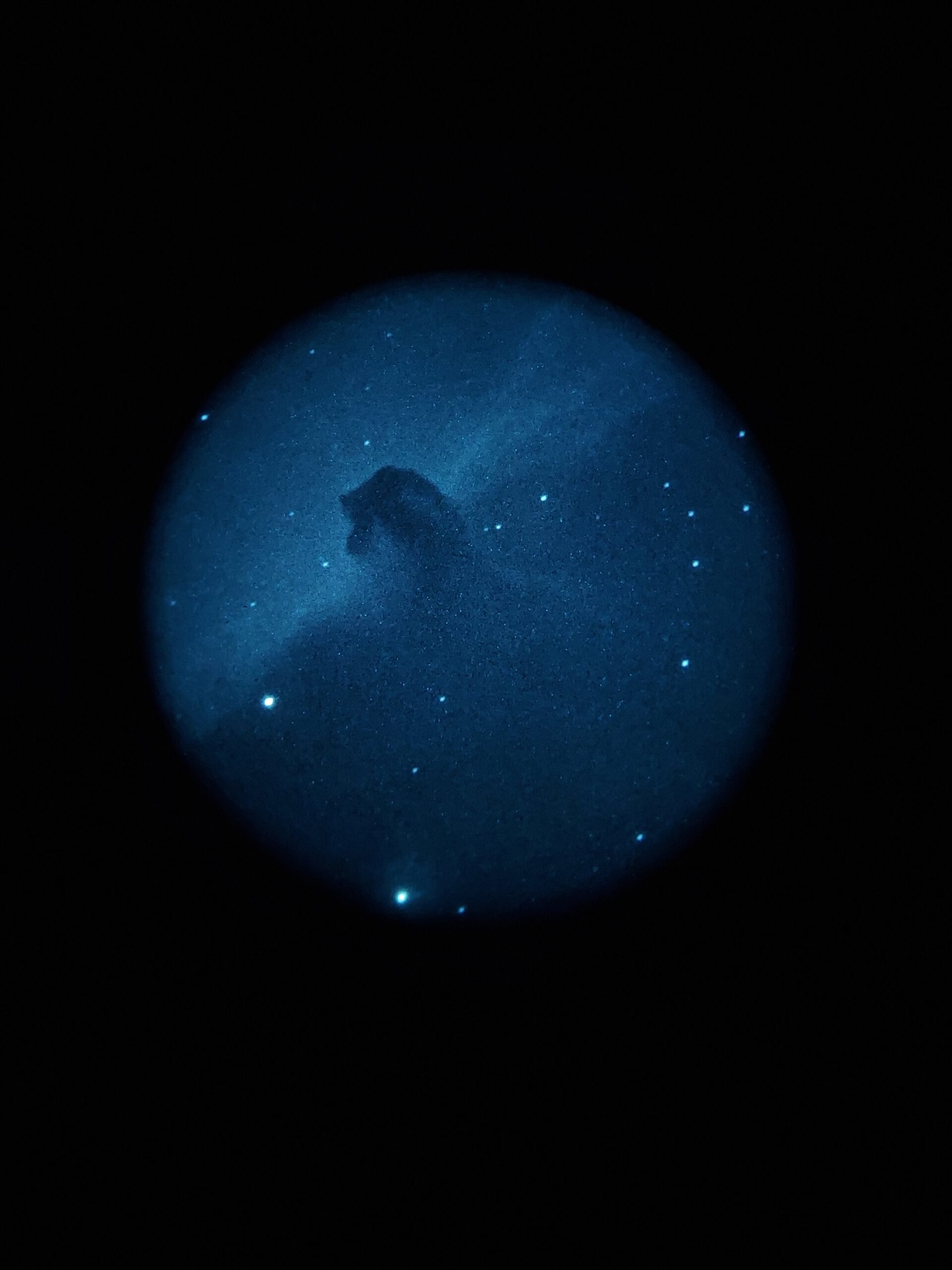What is Asterism?
An asterism is a collection of stars that are typically similar in brightness and create a visible pattern. Asterisms may have popular names or may be unnamed. Asterisms can be visually very bright or barely visible with a telescope.
Key Takeaways
- The distinction between a constellation and an asterism is somewhat ambiguous.
- Well known asterisms are used to help locate other objects in the night sky.
- The Big Dipper is not a constellation, but an asterism.
Understanding Asterism
Humans have been finding patterns in the night sky as long as we have roamed the Earth, but in 1928 the International Astronomical Union divided the night sky into exactly 88 accepted constellations.
These boundaries encompassed all the stars in the sky divided into 88 areas.
One way to understand asterisms, is that they are groups of stars not in the list of the 88 official constellations.
Using this definition the Big Dipper is an asterism.
Asterism may also be defined as any group of stars that make a pattern or a portion of a constellation.
The Big Dipper is part of Ursa Major. You can find the smaller asterism of the Big Dipper to locate Ursa Major.
Asterisms are often used to locate other stars and constellations.
The Big Dipper is full of important stars and it points to many constellations, the stars in the Big Dipper may be called pointer stars and they point to: Pegasus, Leo, Arcturus, Draco and Polaris.
Asterisms are often made up of the brightest stars in several constellations so they are extremely helpful when learning the night sky.
For example if you can identify the Southern Cross and the Southern Pointers you can draw a straight line from both asterisms to find the south celestial pole. This can be very important for astrophotography and polar alignment.
These star patterns have also been useful for our ancestors for nautical exploration and navigation. Many asterisms point to Polaris, also called the North Star which is very useful in navigation in the northern hemisphere.
Asterisms may be a smaller group of stars, but they generally have the same brightness when observed from Earth. The Summer Triangle is another asterism that consists of three very bright stars that are visible in the hot summer months. You may be able to see the Summer Triangle even on a night with poor seeing conditions as it is made up of 3 very bright stars.
Other well known asterisms include:
Little Dipper
W of Casiopia
Orion’s Belt
Winter Triangle
Winter Hexagon
Spring Triangle
Spring Dimond
The Sickle
The Kite
Keystone
Corona Borealis (The Northern Crown)
The Southern Cross
Southern Pointers
Northern Cross
Fish Hook
Great Square of Pegasus
The Teapot
Related Terms
Constellation
Big Dipper
International Astronomical Union
Meta title: asterism definition




